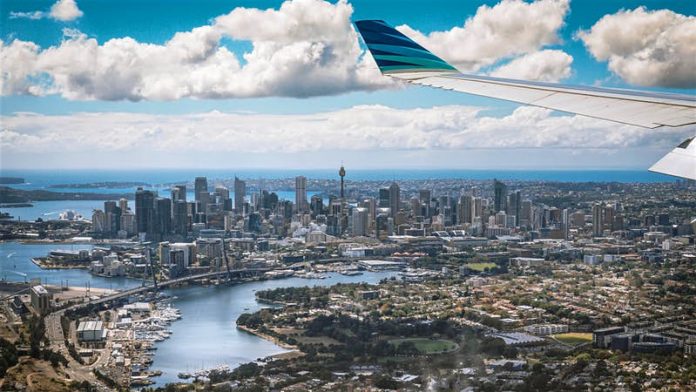New technology could cut flight time between London and Sydney to just four-and-a-half hours and London to New York in one hour.
Scientists at Reaction Engines, based in Oxfordshire, England, are in the process of developing an engine that could dramatically reduce the amount of time we spend in the air. Synergetic Air Breathing Rocket Engine, or SABRE as it’s known, is a new engine concept designed for both air and spacecraft to propel them to greater speeds than ever before. Unlike jet engines, which are only capable of powering a vehicle up to Mach 3 (three times the speed of sound) SABRE engines are capable of Mach 5.4 in the air on a commercial flight, and Mach 25 outside the atmosphere, for space flight.

“They are simply going to revolutionise the way we travel around the globe, and into orbit. Like jet engines, SABRE can be scaled in size to provide different levels of thrust for different applications which is crucial to our success – it’s going to enable a whole generation of air and space vehicles,” Reaction Engines said in a statement.
With a SABRE engine, commercial flights from London to Sydney, which normally take about 20 hours, could be reduced to four-and-a-half hours. While flights from London to New York will take just over an hour, instead of eight. It’s also greener and cheaper than current air travel as SABRE is powered with a combination of hydrogen and oxygen.

Travelling at hypersonic speeds like this usually brings with it enormous heat challenges because travelling so fast causes the insides of engines to melt. SABRE has addressed this issue by developing a pre-cooler heat exchanger, which extracts the heat through fine tubes that are fed with chilled helium. The extracted heat is also used to power the engine.
Trials are currently taking place in Denver, Colorado with plans to launch test flights by the mid-2020s before it may be ready for commercial flights in 2030.




